-
 Bitcoin
Bitcoin $106,754.6083
1.33% -
 Ethereum
Ethereum $2,625.8249
3.80% -
 Tether USDt
Tether USDt $1.0001
-0.03% -
 XRP
XRP $2.1891
1.67% -
 BNB
BNB $654.5220
0.66% -
 Solana
Solana $156.9428
7.28% -
 USDC
USDC $0.9998
0.00% -
 Dogecoin
Dogecoin $0.1780
1.14% -
 TRON
TRON $0.2706
-0.16% -
 Cardano
Cardano $0.6470
2.77% -
 Hyperliquid
Hyperliquid $44.6467
10.24% -
 Sui
Sui $3.1128
3.86% -
 Bitcoin Cash
Bitcoin Cash $455.7646
3.00% -
 Chainlink
Chainlink $13.6858
4.08% -
 UNUS SED LEO
UNUS SED LEO $9.2682
0.21% -
 Avalanche
Avalanche $19.7433
3.79% -
 Stellar
Stellar $0.2616
1.64% -
 Toncoin
Toncoin $3.0222
2.19% -
 Shiba Inu
Shiba Inu $0.0...01220
1.49% -
 Hedera
Hedera $0.1580
2.75% -
 Litecoin
Litecoin $87.4964
2.29% -
 Polkadot
Polkadot $3.8958
3.05% -
 Ethena USDe
Ethena USDe $1.0000
-0.04% -
 Monero
Monero $317.2263
0.26% -
 Bitget Token
Bitget Token $4.5985
1.68% -
 Dai
Dai $0.9999
0.00% -
 Pepe
Pepe $0.0...01140
2.44% -
 Uniswap
Uniswap $7.6065
5.29% -
 Pi
Pi $0.6042
-2.00% -
 Aave
Aave $289.6343
6.02%
What should I do if KDJ plummets after being blunted at a high level? Must I stop loss?
When the KDJ indicator plummets after being blunted at a high level, it often signals a sudden shift in momentum, potentially indicating a price reversal or correction in volatile crypto markets.
Jun 17, 2025 at 12:01 pm
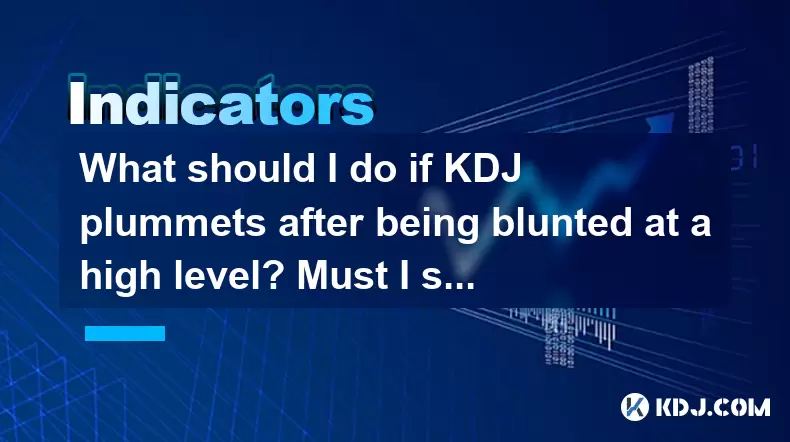
Understanding KDJ Indicator Dynamics in Cryptocurrency Trading
The KDJ indicator, also known as the stochastic oscillator, is a momentum-based tool used to identify overbought and oversold conditions in financial markets, including cryptocurrency. It consists of three lines: the %K line (fast stochastic), the %D line (slow stochastic), and the %J line (divergence). When the KDJ reaches a high level and then plummets rapidly, it often signals a potential reversal or correction in price.
In crypto trading, where volatility is inherent, interpreting such signals becomes more complex. A sudden drop after a period of high values can confuse traders, especially when deciding whether to hold or exit their positions.
Important: The key lies in understanding the broader market context and not relying solely on the KDJ signal.
What Does It Mean When KDJ Is Blunted at a High Level?
When the KDJ is blunted at a high level, it means that the indicator has been lingering near its upper boundary (typically above 80) for an extended period. This suggests that the asset may be overbought, and buying pressure could be waning.
However, in strong uptrends, especially during bullish cycles in the crypto market, prices can remain overbought for long periods without immediate pullbacks. Therefore, a blunted KDJ at a high level does not necessarily indicate a sell signal on its own.
- K-line (%K) remains flat while D-line (%D) catches up
- J-line (%J) starts to decline, signaling divergence
- Price action might still show strength despite weakening momentum
This phenomenon requires deeper analysis before making any trading decision.
Why KDJ Plummets After Being Blunted: Technical Insights
A plummeting KDJ after being stuck at a high level usually reflects a sudden shift in momentum. Here’s what happens under the hood:
- %K drops below %D, forming a bearish crossover
- %J falls sharply, indicating strong divergence from price
- Market sentiment changes quickly, possibly triggered by external news or profit-taking
In crypto, such shifts are common due to high leverage usage and algorithmic trading bots reacting instantly to changing conditions. For instance, if Bitcoin shows this pattern, altcoins often follow suit due to correlation effects.
Important: Do not panic-sell immediately upon seeing a plummeting KDJ. Instead, cross-check with volume, support/resistance levels, and other indicators like RSI or MACD.
Should You Stop Loss Based on KDJ Plummet?
Deciding whether to stop loss based purely on a plunging KDJ is risky. Traders must consider multiple factors before pulling the trigger:
- Position size: Larger positions should be managed with tighter stops and partial exits
- Entry point: If you entered near resistance and KDJ confirms weakness, a stop makes sense
- Timeframe: Short-term traders may react faster than long-term holders
- Support zones: Check if price is approaching a critical support level
If your initial strategy was based on technicals, re-evaluate using updated data. In some cases, a trailing stop may serve better than a fixed stop loss.
Alternative Strategies When KDJ Drops Suddenly
Instead of stopping out immediately, experienced traders employ alternative strategies to manage risk and potentially capitalize on the situation:
- Hedging: Open a small short position or use inverse ETFs to offset downside risk
- Partial profit-taking: Sell a portion of holdings and keep the rest in case of a bounce
- Scaling out: Gradually reduce exposure as the indicator continues to weaken
- Swapping assets: Move funds into less volatile coins or stablecoins temporarily
These methods allow traders to stay engaged with the market while protecting capital.
Frequently Asked Questions (FAQ)
Q1: Can I rely solely on KDJ for stop-loss decisions?
No, KDJ should always be used in conjunction with other tools like moving averages, volume analysis, and chart patterns. Relying on one indicator increases the risk of false signals.
Q2: How do I differentiate between a temporary pullback and a trend reversal using KDJ?
Look for crossovers below the 50 level and sustained declines in all three KDJ lines. Also, check for bearish candlestick formations or breakdowns from key support areas.
Q3: Should I close my position entirely if KDJ plummets?
Not necessarily. Evaluate your entry price, current market structure, and overall portfolio allocation before making drastic moves.
Q4: Are there specific KDJ settings more suitable for crypto trading?
While default settings (14-period, 3-smooth) work well, many traders tweak them to 5 or 9 periods for faster responses in volatile crypto environments. Always backtest before live trading.
Disclaimer:info@kdj.com
The information provided is not trading advice. kdj.com does not assume any responsibility for any investments made based on the information provided in this article. Cryptocurrencies are highly volatile and it is highly recommended that you invest with caution after thorough research!
If you believe that the content used on this website infringes your copyright, please contact us immediately (info@kdj.com) and we will delete it promptly.
- 2025-W Uncirculated American Gold Eagle and Dr. Vera Rubin Quarter Mark New Products
- 2025-06-13 06:25:13
- Ruvi AI (RVU) Leverages Blockchain and Artificial Intelligence to Disrupt Marketing, Entertainment, and Finance
- 2025-06-13 07:05:12
- H100 Group AB Raises 101 Million SEK (Approximately $10.6 Million) to Bolster Bitcoin Reserves
- 2025-06-13 06:25:13
- Galaxy Digital CEO Mike Novogratz Says Bitcoin Will Replace Gold and Go to $1,000,000
- 2025-06-13 06:45:13
- Trust Wallet Token (TWT) Price Drops 5.7% as RWA Integration Plans Ignite Excitement
- 2025-06-13 06:45:13
- Ethereum (ETH) Is in the Second Phase of a Three-Stage Market Cycle
- 2025-06-13 07:25:13
Related knowledge
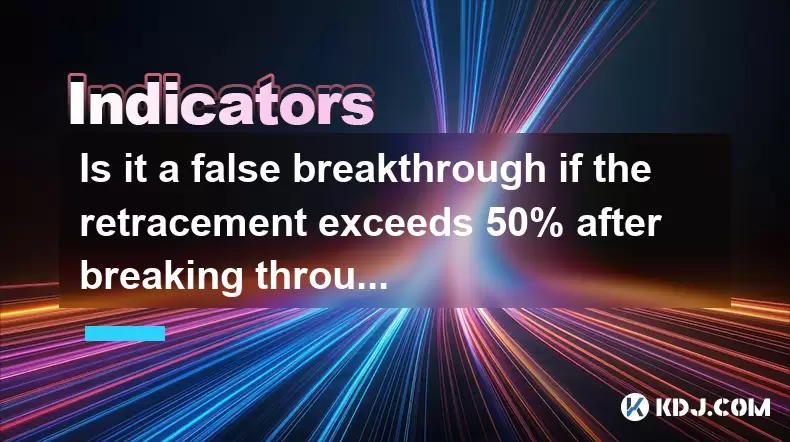
Is it a false breakthrough if the retracement exceeds 50% after breaking through the platform?
Jun 17,2025 at 08:01pm
Understanding Breakouts and Retracements in Cryptocurrency TradingIn cryptocurrency trading, breakouts refer to when the price of an asset moves beyond a defined support or resistance level with increased volume. These events often attract traders looking to capitalize on momentum. However, not all breakouts are valid. A false breakout, also known as a ...
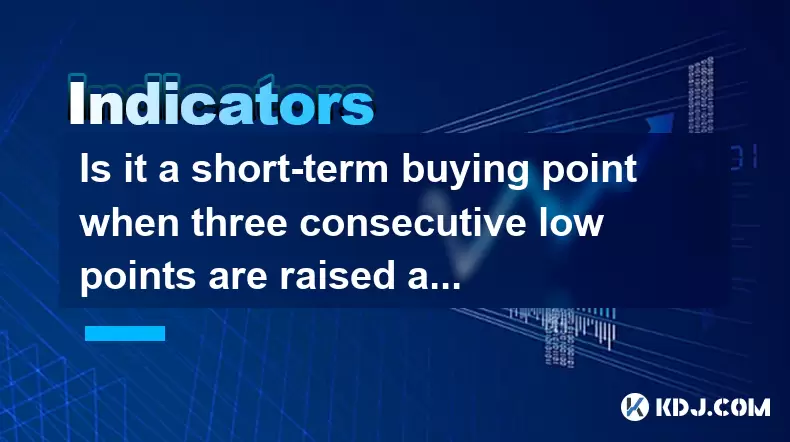
Is it a short-term buying point when three consecutive low points are raised at the 30-minute level?
Jun 17,2025 at 08:14pm
Understanding the Three Consecutive Low Points PatternIn technical analysis, identifying patterns in price movements is essential for making informed trading decisions. One such pattern that traders often observe is when three consecutive low points are raised within a specific timeframe — in this case, the 30-minute chart. This pattern suggests a poten...
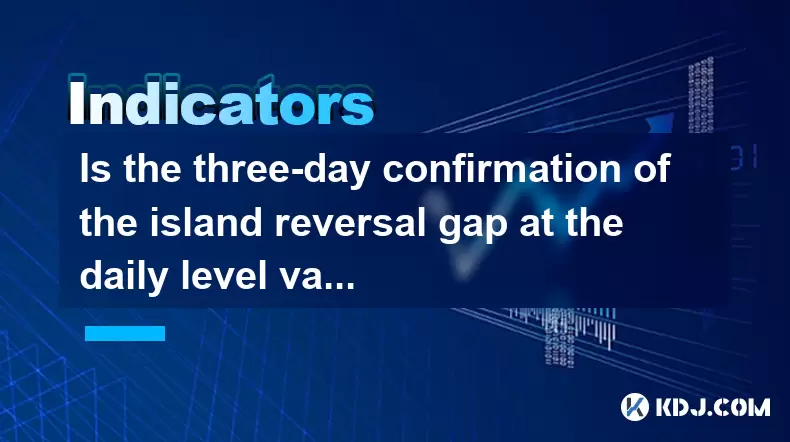
Is the three-day confirmation of the island reversal gap at the daily level valid?
Jun 17,2025 at 09:49pm
Understanding the Island Reversal Gap in Cryptocurrency TradingIn cryptocurrency trading, technical analysis plays a pivotal role in identifying potential market reversals. One such pattern is the island reversal gap, which signals a possible trend change. This pattern consists of a gap followed by a period of consolidation or sideways movement and then...
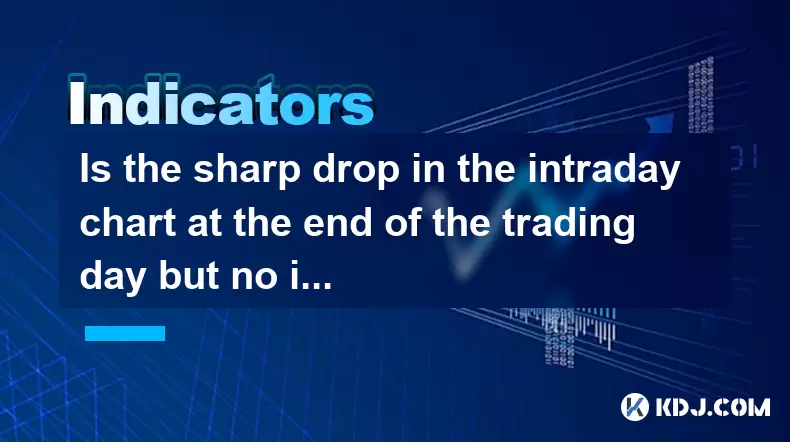
Is the sharp drop in the intraday chart at the end of the trading day but no increase in volume a trap to sell?
Jun 17,2025 at 08:35pm
Understanding the Intraday Chart DynamicsIn cryptocurrency trading, intraday charts are widely used by traders to analyze short-term price movements. These charts display price fluctuations within a single trading day and help traders make informed decisions based on real-time data. One common phenomenon observed is a sharp drop in price near the end of...
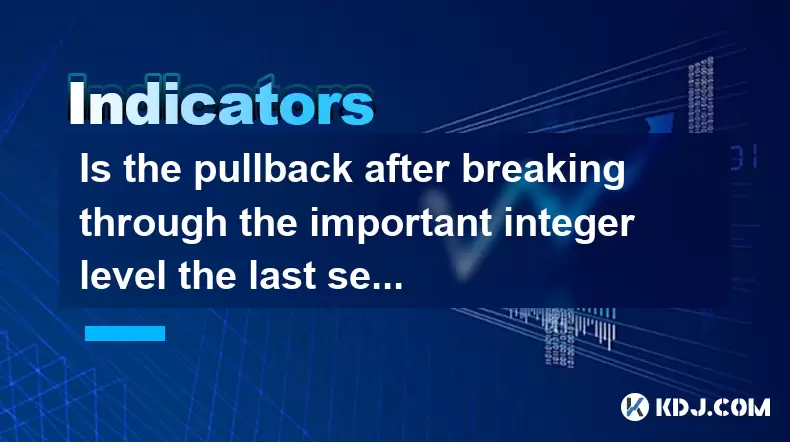
Is the pullback after breaking through the important integer level the last selling point?
Jun 17,2025 at 08:57pm
Understanding Important Integer Levels in Cryptocurrency TradingIn the world of cryptocurrency trading, certain price levels hold significant psychological and technical importance. These are commonly referred to as important integer levels—such as $10,000 for Bitcoin or $1,000 for Ethereum. These levels often act as strong support or resistance zones d...
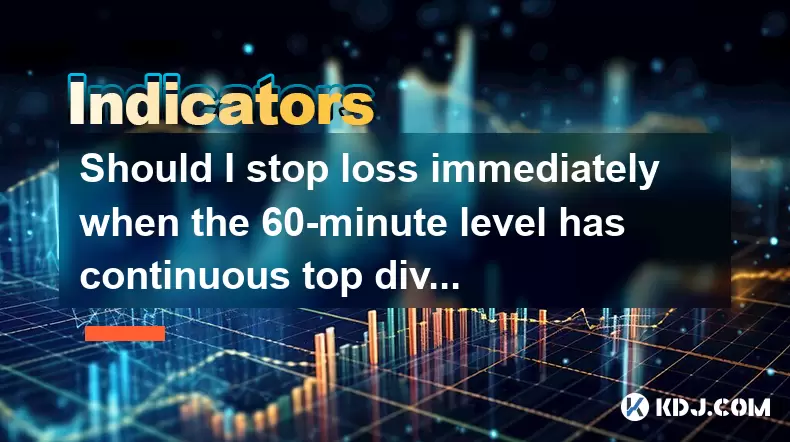
Should I stop loss immediately when the 60-minute level has continuous top divergence?
Jun 17,2025 at 05:28pm
Understanding Top Divergence in the 60-Minute ChartIn cryptocurrency trading, top divergence refers to a technical signal where the price of an asset makes higher highs while the indicator (often RSI or MACD) makes lower lows. This is commonly interpreted as a sign of weakening momentum and potential reversal. When this occurs on the 60-minute chart, it...

Is it a false breakthrough if the retracement exceeds 50% after breaking through the platform?
Jun 17,2025 at 08:01pm
Understanding Breakouts and Retracements in Cryptocurrency TradingIn cryptocurrency trading, breakouts refer to when the price of an asset moves beyond a defined support or resistance level with increased volume. These events often attract traders looking to capitalize on momentum. However, not all breakouts are valid. A false breakout, also known as a ...

Is it a short-term buying point when three consecutive low points are raised at the 30-minute level?
Jun 17,2025 at 08:14pm
Understanding the Three Consecutive Low Points PatternIn technical analysis, identifying patterns in price movements is essential for making informed trading decisions. One such pattern that traders often observe is when three consecutive low points are raised within a specific timeframe — in this case, the 30-minute chart. This pattern suggests a poten...

Is the three-day confirmation of the island reversal gap at the daily level valid?
Jun 17,2025 at 09:49pm
Understanding the Island Reversal Gap in Cryptocurrency TradingIn cryptocurrency trading, technical analysis plays a pivotal role in identifying potential market reversals. One such pattern is the island reversal gap, which signals a possible trend change. This pattern consists of a gap followed by a period of consolidation or sideways movement and then...

Is the sharp drop in the intraday chart at the end of the trading day but no increase in volume a trap to sell?
Jun 17,2025 at 08:35pm
Understanding the Intraday Chart DynamicsIn cryptocurrency trading, intraday charts are widely used by traders to analyze short-term price movements. These charts display price fluctuations within a single trading day and help traders make informed decisions based on real-time data. One common phenomenon observed is a sharp drop in price near the end of...

Is the pullback after breaking through the important integer level the last selling point?
Jun 17,2025 at 08:57pm
Understanding Important Integer Levels in Cryptocurrency TradingIn the world of cryptocurrency trading, certain price levels hold significant psychological and technical importance. These are commonly referred to as important integer levels—such as $10,000 for Bitcoin or $1,000 for Ethereum. These levels often act as strong support or resistance zones d...

Should I stop loss immediately when the 60-minute level has continuous top divergence?
Jun 17,2025 at 05:28pm
Understanding Top Divergence in the 60-Minute ChartIn cryptocurrency trading, top divergence refers to a technical signal where the price of an asset makes higher highs while the indicator (often RSI or MACD) makes lower lows. This is commonly interpreted as a sign of weakening momentum and potential reversal. When this occurs on the 60-minute chart, it...
See all articles

























































































